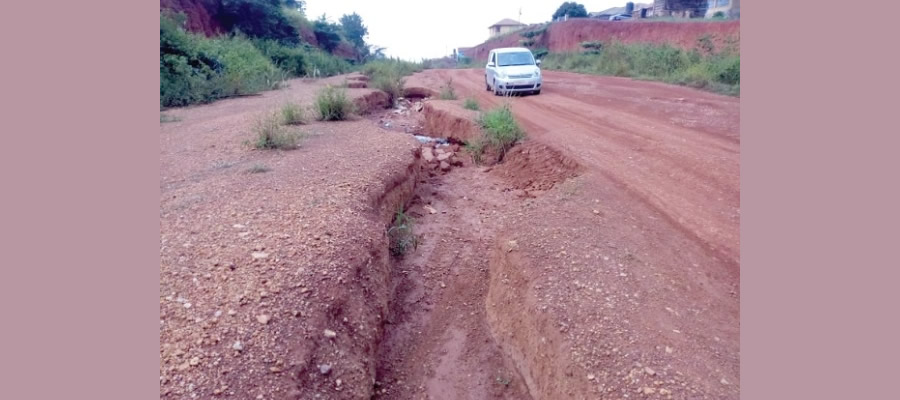

Main Source of Water for Drinking and for other Domestic Use
Figure 8.3 shows that 67.2 percent of households use bore hole/pump/tube well as their main source of drinking water, while 13.5 percent use public tap/standpipe. In addition, 2.8 percent rely on protected well. Little over one-tenth (11.6%) of households depend on pipe borne water. About 2.3 percent of households use water from river/stream for drinking. Less than one percent of households use sachet water for drinking in the District. More households in urban areas (3.8%) than rural areas (0.6%) use sachet water for drinking. The pattern is similar for sources of water for other domestic uses. A sizable proportion of households depend on boreholes, public tap/standpipe, pipe-borne, protected wells and streams/river for other domestic purposes.
Table 8.10 shows that 67.9 percent and 53.6 percent of dwelling units use borehole/pump/ tube well as their main source of drinking water in rural and urban areas. A little over a quarter of dwelling units (25.5%) use protected well as source of drinking water and only 1.7 percent of dwelling units rely on the same source of water for drinking in rural areas. On the other hand 7.8 percent and 0.6 percent of dwelling units use sachet water for drinking in urban and rural areas respectively.
In the case of main source of water for other domestic purposes, the trend is similar except that no dwelling units use sachet water and bottled water for other domestic purposes in both rural and urban areas.
Bathing and Toilet Facilities
Figure 8.4 indicates that about 43.8 percent of households use public toilet facilities with the urban and rural areas accounting for 53.3 percent and 43.3 percent respectively. Also 23.9 percent use pit latrine and a little over one fifth of households (21.5%) have no toilet facilities; thus they use bush/open field as toilet facilities.
Table 8.11 indicates that, nearly one-third of households share separate bathrooms in the same house. Another 23.8 percent have their own bathrooms which are used exclusively by the households. A relatively high proportion of households also use shared open cubicles (15.9%).
Method of Waste Disposal
Table 8.12 shows that 88.1 percent of households dispose of their solid waste in open space at public dumps and 3.6 percent dumped their solid waste indiscriminately. A few households either have their solid waste buried (2.3%) or burned (2.8%). Again the data shows that a little over half (52.9%) of households throw their liquid waste onto the compound of their homes. Another 34.8 percent of households throw their liquid waste either onto the street or outside their houses, while 6.4 percent of households throw their liquid waste into gutters. Only 3.1 percent of households dispose of their liquid waste through drainage systems into gutters. This pattern is observed in both localities.
Date Created : 11/16/2017 8:53:07 AM













 facebook
facebook
 twitter
twitter
 Youtube
Youtube
 +233 593 831 280
+233 593 831 280 0800 430 430
0800 430 430 GPS: GE-231-4383
GPS: GE-231-4383 info@ghanadistricts.com
info@ghanadistricts.com Box GP1044, Accra, Ghana
Box GP1044, Accra, Ghana